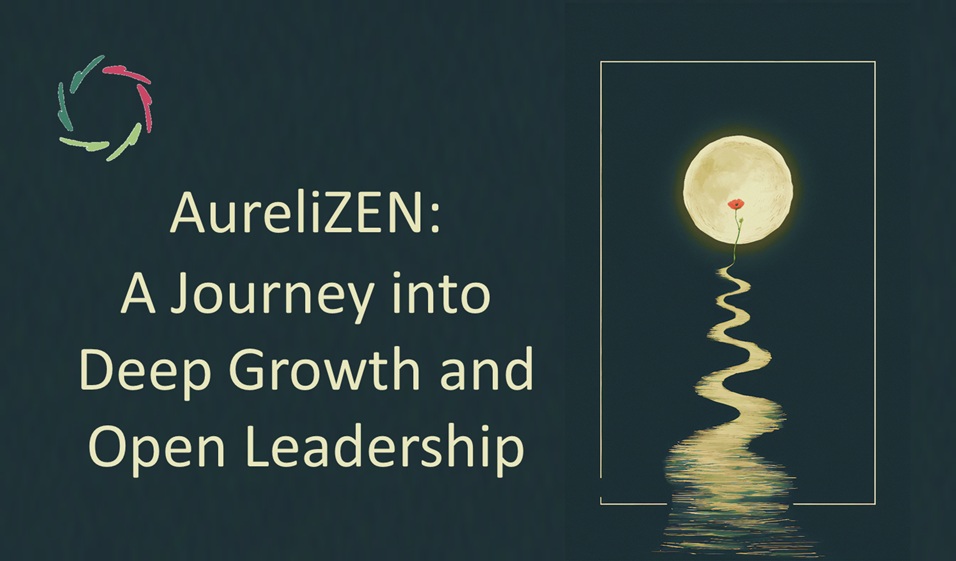Symbolic Healthcare

Concerning the mind, healthcare has always been covertly symbolic, and it still is. Now is the time to make it overt.
About symbolism
Symbolism is a straightforward communication with subconceptual mental patterns, unlike using an analogy. [see: “Symbols and Signs“]
In many cases, the use of symbolism is pretty undifferentiated. This is enough for the symbol to ‘work’ somehow. Indeed, it makes it easier to ‘work.’ But is it worthwhile this way?
Always been
Healthcare has been symbolic for many thousands of years until quite recently. Think ‘shamanistic medicine (wo)man.’
It still forms a considerable chunk of present-day mental healthcare. Think ‘placebo.’ [see: “Placebo Without Deception?“]
This symbolic healthcare has always been covert, and it still is. This is, the symbol itself has been invested with intrinsic ‘healing power.’ As with any symbol, it has none. The power of the symbol does not lie within the symbolizing, but within the symbolized, as part of the symbolizer. [see: “Symbolism lost. Symbolism regained.“]
Instrumental psychotherapies are also symbols.
When scientifically investigated, they don’t work apart from their symbolism. Thus, in strictly conceptual studies, unsurprisingly in light of the above, they do not work. [see: “Psychotherapy vs. Psychotherapies“]
In practice, they do work. Any covert symbol does, indeed, work. This has always been the case, and it will always be so. But is it worthwhile this way?
That depends on drawbacks and alternatives.
Drawbacks of covert symbolism
Of course, covert symbolism always had serious drawbacks. Any conceptually rational endeavor has almost always been absent from it, as it still is in placebo. That puts the whole issue into an ‘anything goes.’ In such an environment, any symbol performs its function as long as it is believed in ― as long as it has status.
The main issue with this is that it’s not true.
A doorkey is not the door itself, nor what lies behind.
What lies behind the door is very worthwhile: a whole human being. [see: “A Symbol Is Always YOU“] It is each person’s most significant treasure. Keeping this hidden makes people very vulnerable in two ways:
- They are kept from Inner Strength.
- They are held in a land of make-belief through which they even less easily escape from make-belief in many other fields, including politics, and especially in the light of the first point.
The alternative: open symbolism
Openness is necessary to attain that treasure fully.
The purely conceptual is not enough to reach this. Therefore, trying to open things up this way leads to even more covertness, as we can witness in present-day mental healthcare.
AURELIS
The 1200+ sessions of autosuggestion contain a lot of symbolism in the most openly possible ways. Covertness is not needed through this. Also, the symbolism can be much more differentiated.
This serves two goals simultaneously: rationality and depth. [see: “AURELIS USP: ‘100% Rationality, 100% Depth’“]
AURELIS coaching also focuses on communication with subconceptual mental patterns. This may be done either directly or through the use of open symbolism.
The purely conceptual scientific world may not like this.
That means it has to evolve and incorporate the subconceptual along with the conceptual. Only in the synthesis of both can we go towards an open future.
I think the choice for openness, at least, is the only rational one.
It is probably also the most Compassionate one.


